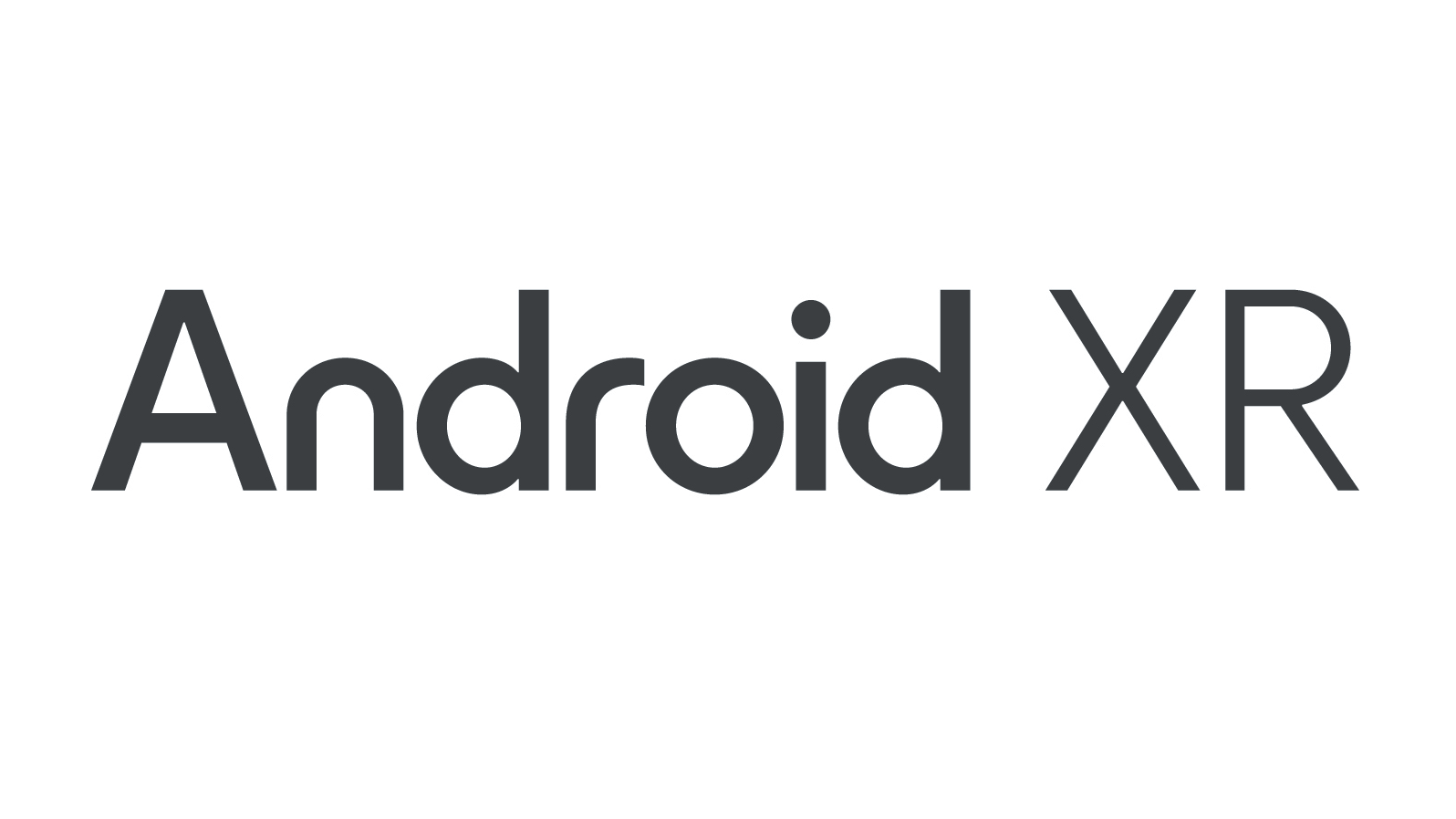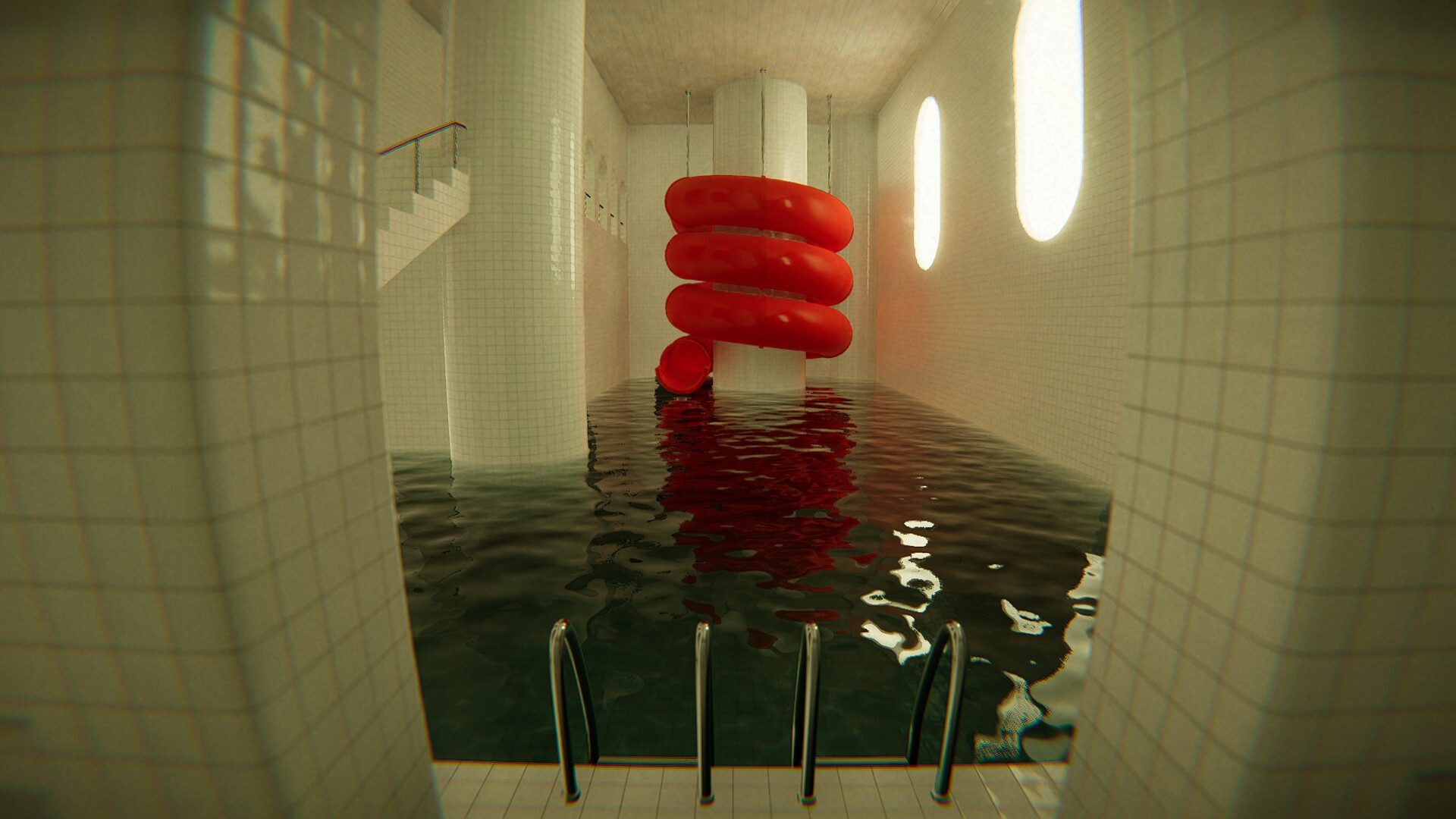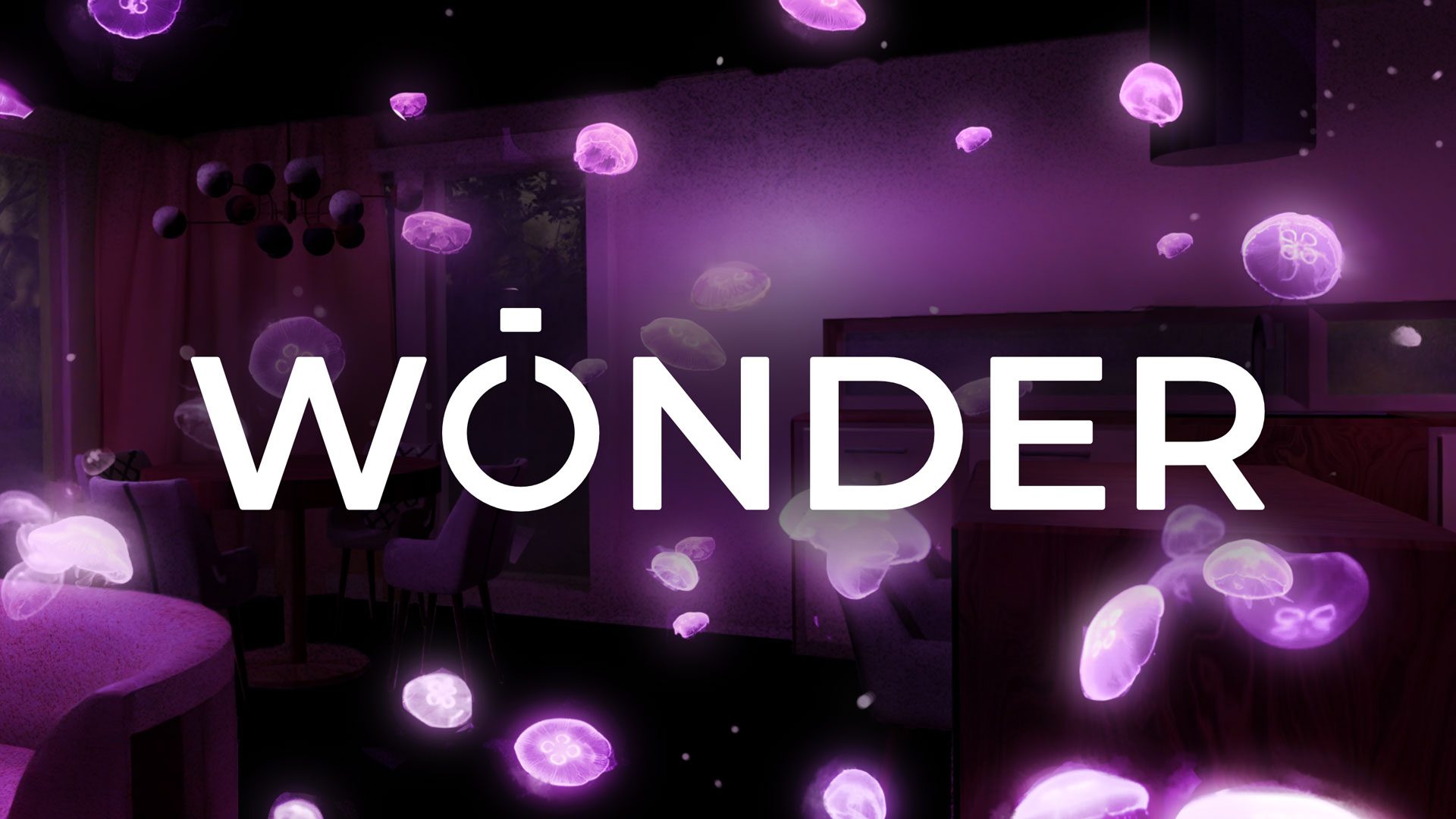NVIDIA has just rolled out its impressive Blackwell GB200 NVL4, a powerhouse which packs four GPUs and two CPUs into a single dynamic solution for high-performance computing (HPC) and artificial intelligence (AI).
Propelling AI with Cutting-Edge Hardware: Blackwell GB200 NVL4 and Hopper H200 NVL
In the latest announcements at SC24, NVIDIA has introduced two exciting hardware platforms. The first builds on their existing Hopper technology, while the other showcases their newest Blackwell architecture. These platforms cater specifically to enterprise servers, making them capable of handling complex HPC and AI tasks with ease.
The highlight starts with the NVIDIA H200 NVL cards now being widely available. These PCIe-based Hopper cards enable the connection of up to four GPUs within an NVLINK domain, which boasts bandwidth up to seven times faster than typical PCIe solutions. Designed with flexibility in mind, these cards seamlessly fit into various data center setups, offering a customizable environment optimal for both HPC and AI applications.
Diving into the specifics, the Hopper H200 NVL offers a robust configuration with 1.5 times more HBM memory, 1.7 times improved LLM inference capabilities, and a 1.3 times boost in HPC performance. The hardware features 114 Streaming Multiprocessors (SMs), totaling 14,592 CUDA cores and 456 tensor cores, delivering up to 3 teraflops of FP8 performance. Complemented by 80 GB of HBM2e memory across a wide 5120-bit interface, it maintains a TDP of 350 Watts.
Turning our attention to NVIDIA’s Blackwell release, we see the impressive GB200 NVL4 module making its debut. This new component acts as an expanded version of the GB200 Grace Blackwell Superchip AI solution, enhancing both CPU and GPU functionality while upping the memory game.
The GB200 NVL4 features twin Blackwell GB200 GPUs mounted on an enlarged board alongside two Grace CPUs. It’s engineered as a single-server marvel featuring a 4-GPU NVLINK domain and 1.3 terabytes of coherent memory. Performance-wise, users can expect a 2.2 times increase in simulation capabilities, alongside a 1.8 times boost in Training and Inference tasks. NVIDIA’s ever-expanding network of partners will have this NVL4 solution ready for market in the coming months.
With an expected power consumption nearing 6 kilowatts, reflecting its Superchip predecessor, NVIDIA is clearly going all out to spearhead AI computing advancements. The recent records set by NVIDIA in MLPerf v4.1 for both training and inference solidify their prowess not only with the Blackwell lineup but show the continual enhancements being made to Hopper.
Additionally, NVIDIA is shortening its AI development timeline to an annual cycle, with significant new developments like Blackwell Ultra and Rubin already on the horizon for the coming years.
Share this article on:













































